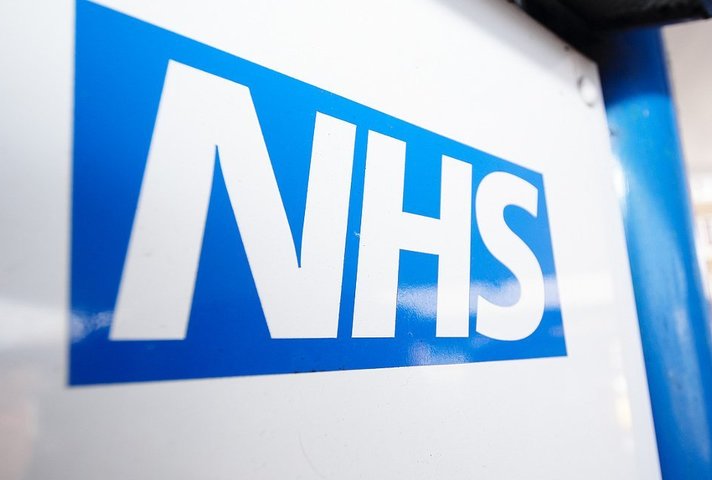Gareth Ricketts, the health sector lead for Updata, says the new health and social care network has the potential to transform NHS services for the future – but first there needs to be more communication of the change.
Ricketts says NHS services could be transformed by the new network’s flexibility – Photo credit: PA
The NHS of the future, as envisaged by the government’s five year forward view, will be highly personalised and focused around the needs of each individual patient.
A major part of achieving this goal will be more innovative and effective use of technology across all aspects of health and social care provision – whether that’s through better use of analytics to predict patient need, or through sharing information across organisations.
Crucial to this vision of a better connected NHS will be the new network provisions that are due to come into force in less than six months.
And yet there is a worrying lack of awareness among health and social care providers about both the impending deadline and the opportunities for efficiency that the new network could bring about.
With the termination of the N3 (NHS National Network) contract in March 2017, it is time to consider the urgent need for change, how the new world of NHS network connectivity will impact health and social care services and the preparations NHS bodies need to make now in order to build the NHS of tomorrow.
NHS Digital – formerly known as the Health and Social Care Information Centre – manages N3, and has recognised that the requirements for information sharing and network access have transformed dramatically since its inception. It is seeking to address this head-on with the new Health and Social Care Network (HSCN).
No longer fit for purpose
The existing network, is the single-supplier network that allows NHS providers to access national applications and information. It is a national private network, managed centrally and delivered by a single supplier on a long-term contract arrangement.
However, it was designed more than 10 years ago is no longer fit for purpose – it lacks the flexibility and agility to meet the needs of an evolving health and social care service.
One of the limitations of the N3 is the N3SP portal, where customers have to pay a premium for extra bandwidth to meet their particular needs – it is unpopular and an expense users would like to avoid.
The HSCN aims to create an open marketplace of certified service suppliers. It will open up the landscape for more competitive pricing and a diverse supply chain, as well as encouraging innovation.
New operators have emerged with fresh approaches to sourcing network bandwidth and software defined networking, providing the NHS with much more flexible and cost-effective solutions. This open marketplace aims to eliminate one of the most unpopular features of N3 – its lack of flexibility.
The HSCN is designed to offer an interoperable network between health and social care organisations, both within the NHS and outside. It should result in greater integration of health and social care services, flexible and remote working and access to national, regional and locally-hosted applications – while reducing reliance on central infrastructure and services.
Significant obstacles to jump
At the heart of this transformation is better patient care and improved patient outcomes through a cost-effective network.
But there are significant obstacles to overcome before the new arrangements come into force next year. NHS Digital needs to ensure continuity of service for all NHS organisations in order not to disrupt care, and there are the obvious physical challenges of installing a new national network.
Given the ambitious timeframe within which this new marketplace needs to be established, the first and most pressing challenge that needs to be overcome is communication within the health and social care industry.
The terms of the existing N3 contract expire in less than six months and do not allow for any further extension, but within many NHS organisation there is a lack of awareness of the contract end or where they should go for impartial advice.
Many are unaware of the options that will become available to them through the HSCN and the benefits that being able to shop around will offer. There is a compelling need for NHS organisations to plan what they intend to do to replace their existing infrastructure as soon as possible, and to make sure that replacement connectivity is cost-effective, secure and reliable.
To overcome what could quickly become a vacuum of information, NHS Trusts, clinical commissioning groups and commissioning support units should be seeking out third party suppliers now.
They need to talk through what steps are needed to effect a smooth transition to the HSCN, what the best fit is for their organisation and to ensure patient services are not affected.
The new HSCN will undoubtedly change NHS connectivity for the better. The open market will kick suppliers into action and drive competition and the end results will mean more efficiency and agility for customers.
However, it is clear that more needs to be done to communicate the benefits. NHS providers have the opportunity now to explore the marketplace and get the best possible deal for their practices and patients, but they need to move quickly if they are to make the most of this opportunity.



